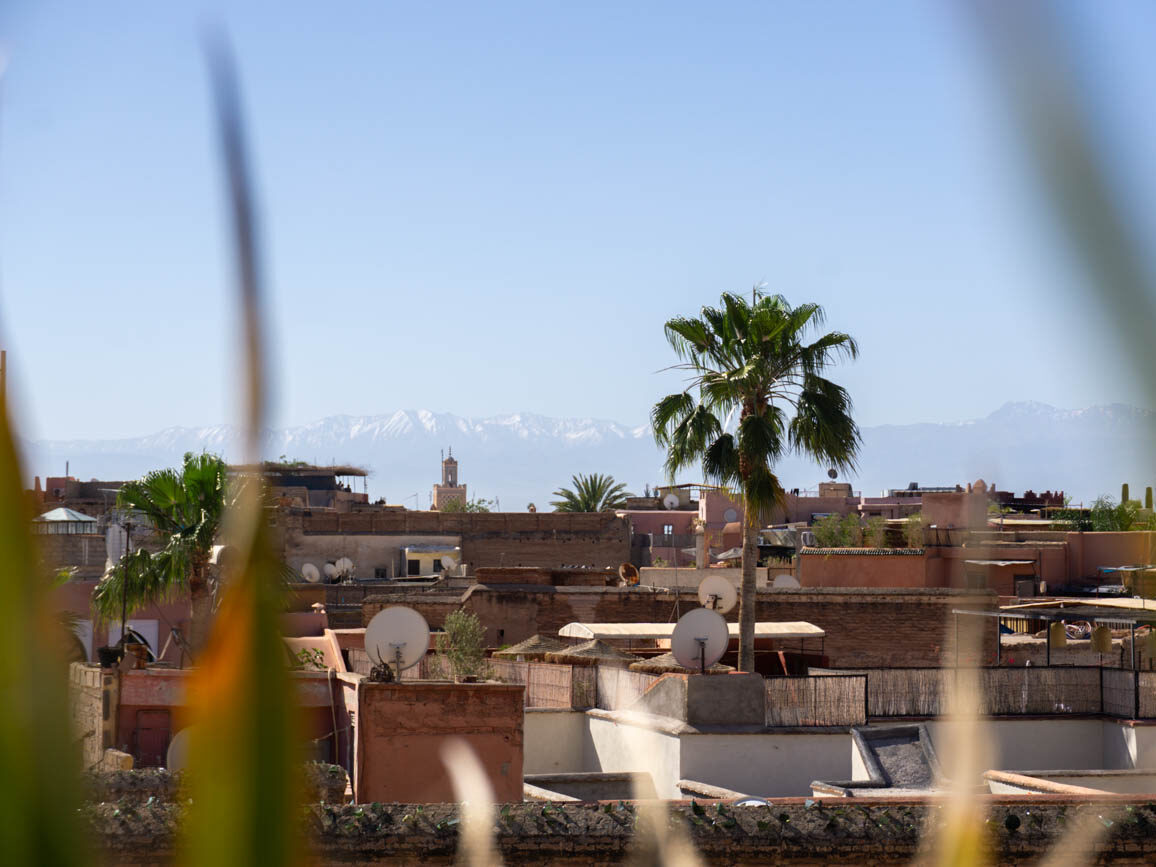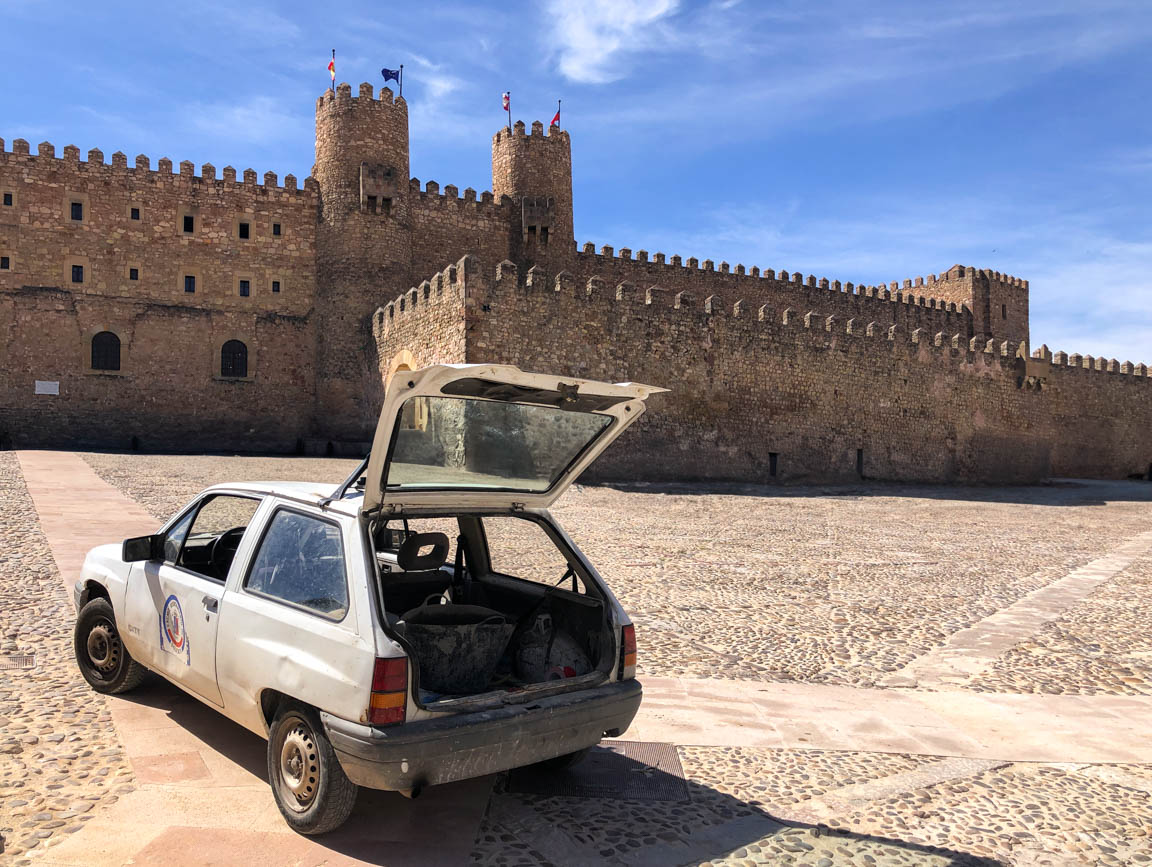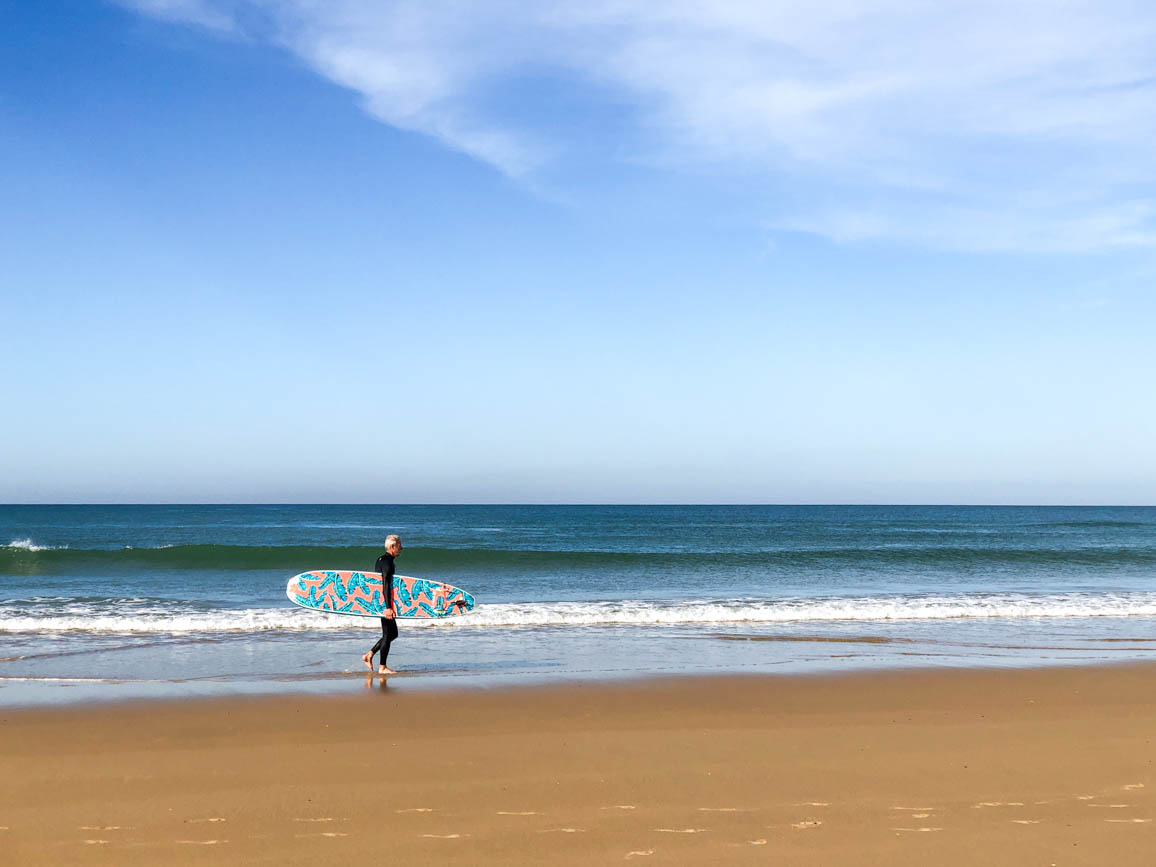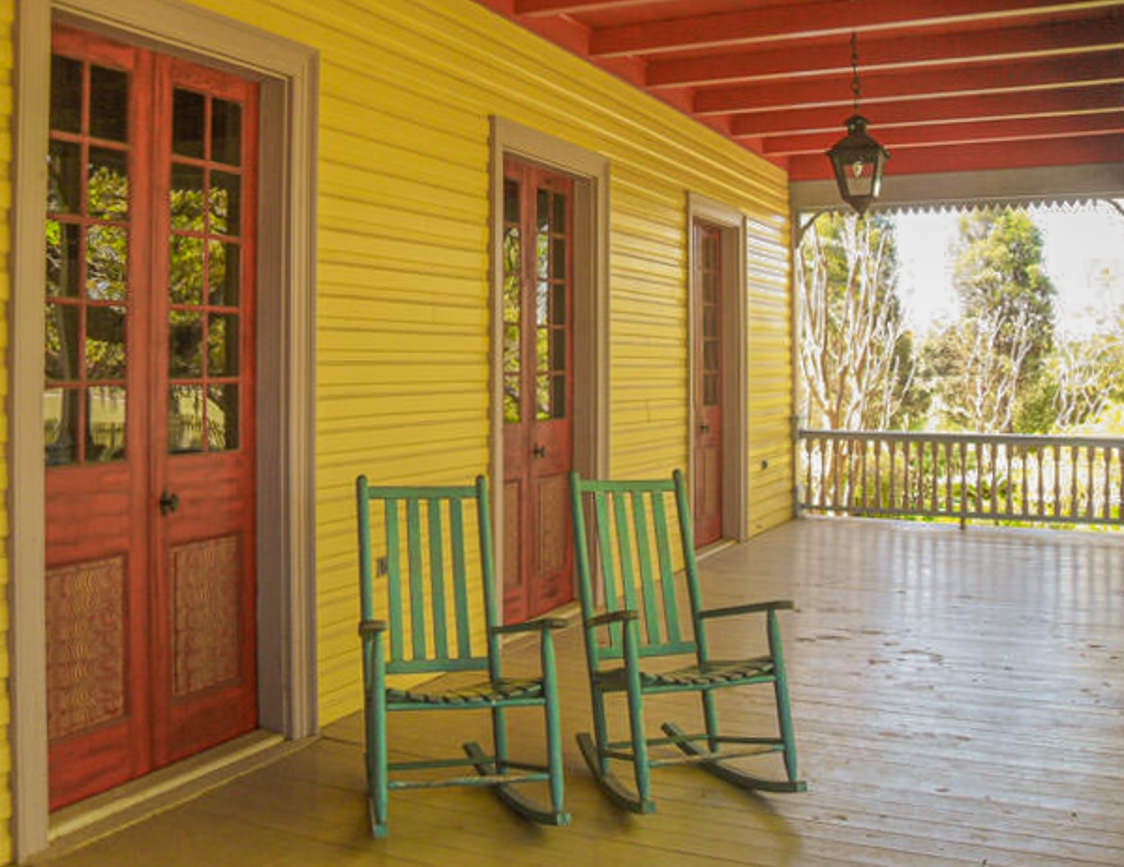
Spring break road trip (part IV): New Orleans & Laura Plantation
New Orleans is a truly unique city known as ‘The Big Easy’. From its famous French Quarter to the jazz music on its streets or the nearby sugar plantations, learn all there is to do in this fascinating American city in 48 hours.
***
Disclaimer: please note that this post includes some affiliate links. This means that, at no additional cost for you, I earn a commission if you make a purchase. In case you have any question about the companies advertised here or my status as an affiliate, please do not hesitate to contact me.
***
Throughout the trip, I used this USA travel guidebook by Lonely Planet to plan our stay and make the most out of it. I hope you’ll find it helpful too!
Basic facts about New Orleans
Founded in 1718 by French colonists, New Orleans (or NOLA) is nowadays the largest city in Louisiana.
Located along the Mississippi River and surrounded by swampland, the city has historically been very vulnerable to flooding and was severely affected by Hurricane Katrina in August 2005.
However, New Orleans remains one of the best destinations in the United States when it comes to fun, parties, events and culture. Offering a vibrant nightlife, ‘the Big Easy’ is world-renowned for its distinct music (notably jazz), Creole cuisine, voodoo beliefs and its annual celebrations and festivals such as the famous ‘Mardi Gras‘ during Carnival.
The area between New Orleans and Baton Rouge running along the Mississippi River once was the core zone of sugar production where many sugar plantations were established. Today, you can get a glimpse of what the life of landowners and slaves looked like (see our visit to Laura Plantation towards the end of this post).
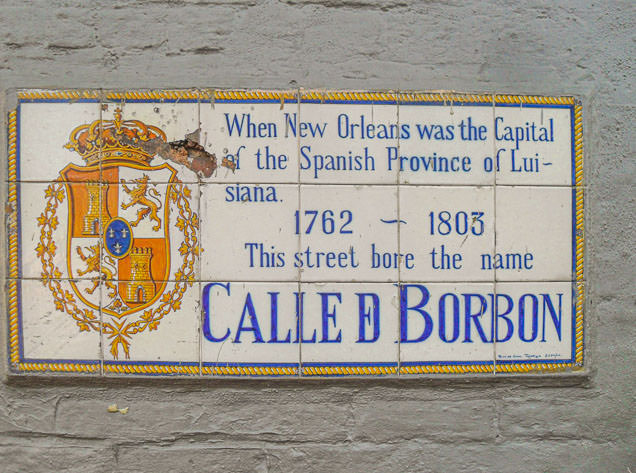
What to do in New Orleans in 48 hours
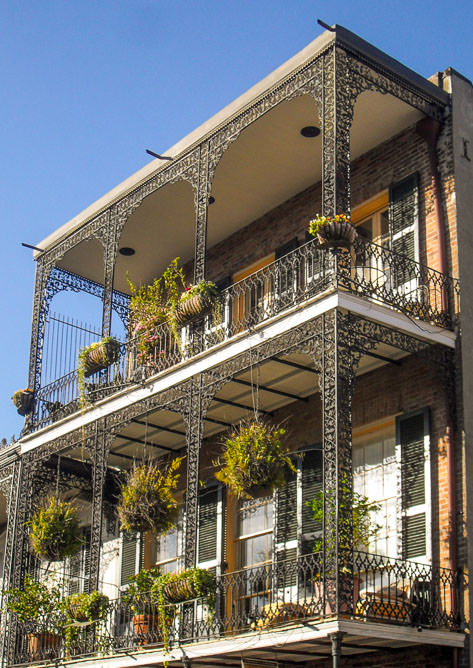
If you’re in New Orleans for two days, I would suggest the following activities you can’t miss:
- Stroll around the French Quarter
- Enjoy all that jazz
- Party hard in Bourbon Street
- Sail on a steamboat along the Mississippi River
- Taste the local specialties
- Gaze at the mansions in the Garden District
When it comes to getting around New Orleans, we visited the city by foot since we were already staying in downtown. We also used other means of transportation such as the steamboat Natchez and the streetcar to the Garden District (see all the details below).
Stroll around the French Quarter
The historic heart of the city of New Orleans is the French Quarter, known for its French and Spanish Creole architecture. The distinctive cast iron balconies, which reminded us of our recent visits to Charleston and Savannah, intermingled with low and colorful houses, somewhat neglected. Any visit to the French Quarter should start at Jackson Square. This square owes its name to General Jackson, who defeated the British at the Battle of New Orleans in 1815. A statue of the General stands in the center of the square. It is surrounded by the St Louis Cathedral, the Cabildo (the former seat of the Spanish colonial city hall) and the Presbytère.
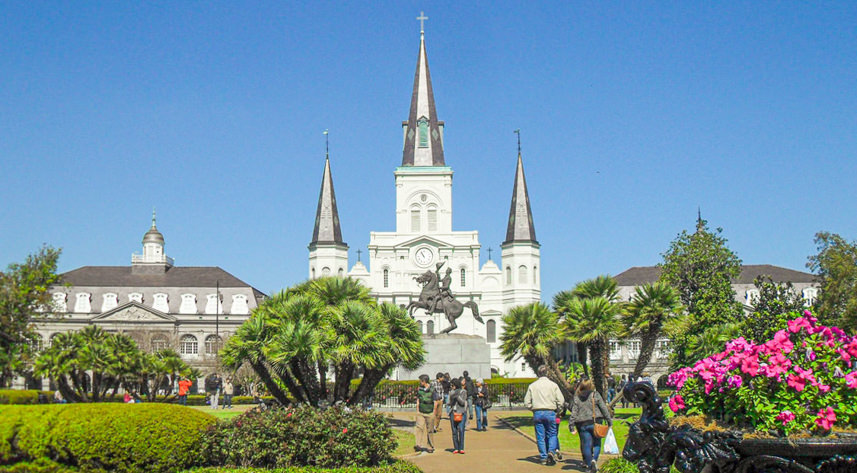
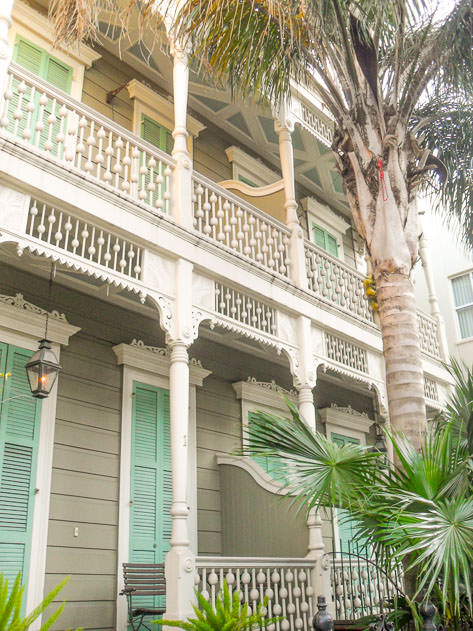
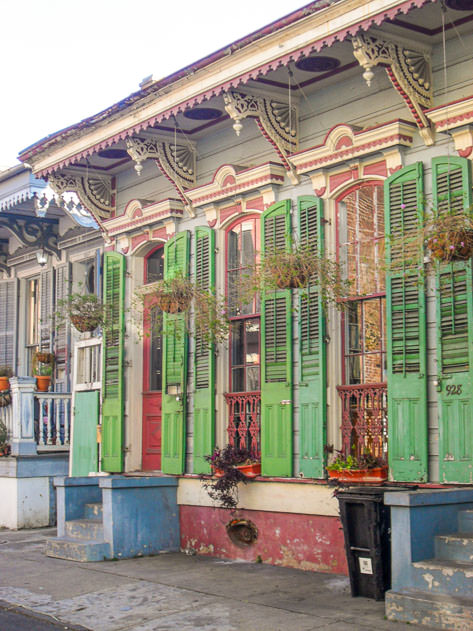
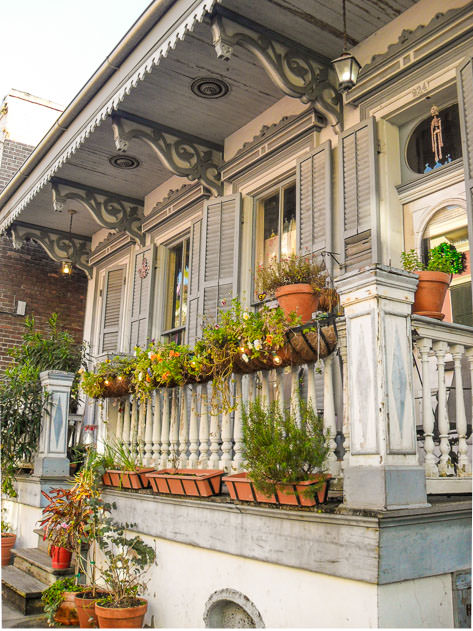
While Bourbon Street remains a bustling attraction in the French Quarter with plenty of bars and souvenir shops, the nearby Royal St is much quieter and is currently occupied by antique dealers, elegant stores and restaurants.

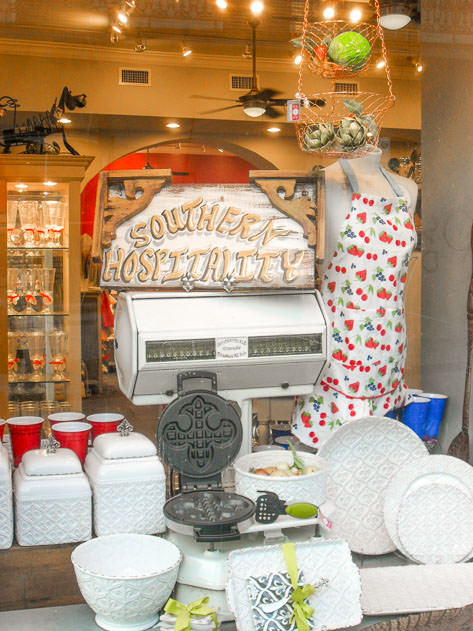
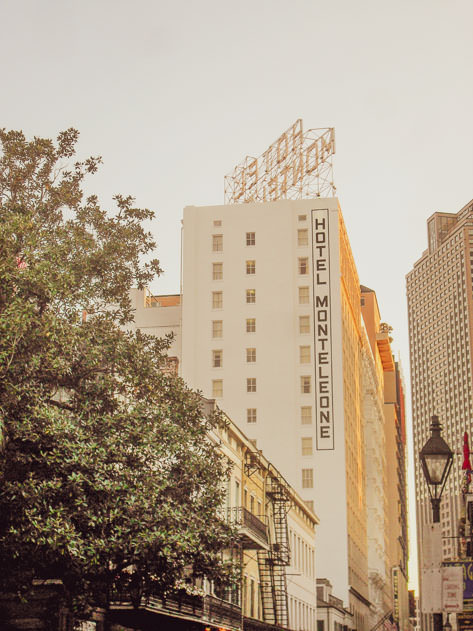
Enjoy all that jazz
In New Orleans, jazz is just around every corner (pretty much like walking in a Woody Allen movie soundtrack). From street musicians to local bars, you’ll find your feet dancing to the jazz vibes in no time. If you’re looking for good spots to listen to this kind of music, I would recommend the following.
The Spotted Cat is a music club located in the heart of the enchanted Faubourg Marigny, just steps away from the hustle and bustle of the French Quarter. It remains the local favorite for live New Orleans music ranging from traditional and modern jazz, to blues, funk, klezmer and so much more. We really liked this place and came here twice during our stay.
Another great spot is Preservation Hall, a historic music venue in the French Quarter working to protect, preserve and perpetuate the spirit of traditional New Orleans jazz. Although we had to queue for one hour and a half before purchasing our tickets and getting in, the wait was worth it. The 45-minute show was truly authentic and we had so much fun seeing the jazz band play. Bear in mind that taking photos or videos inside is not allowed.
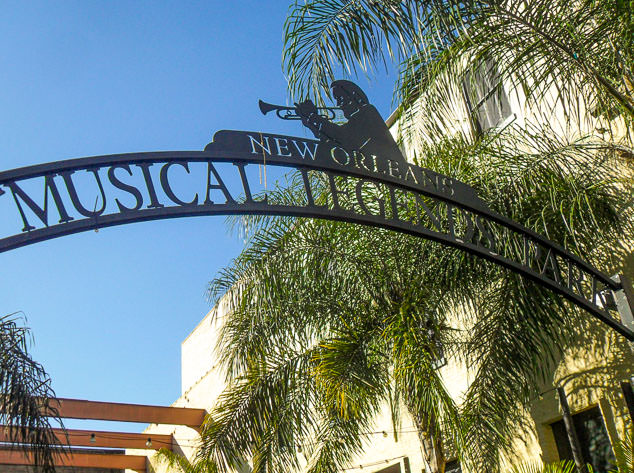

Party hard in Bourbon Street
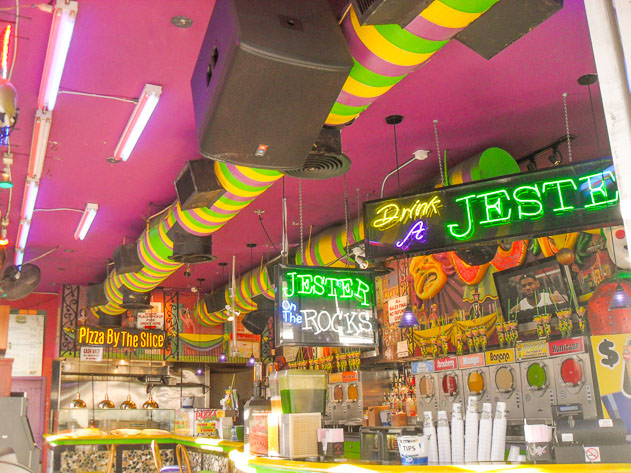
New Orleans is known for its vibrant nightlife, especially along Bourbon Street. This legendary street owes its name to the French Bourbon dynasty, and is lined up with bars open 24/7. It doesn’t come as a surprise this area ranks high as a bachelor party destination.
Mardi Gras is another major event happening in Bourbon Street and its surroundings. Every year, celebrations are concentrated for about two weeks before and through Shrove Tuesday, the day before Ash Wednesday. Float riders traditionally toss throws into the crowds, typically including strings of colorful plastic beads (you can see these on pretty much every balcony and roof in the French Quarter), small inexpensive toys or even lingerie.
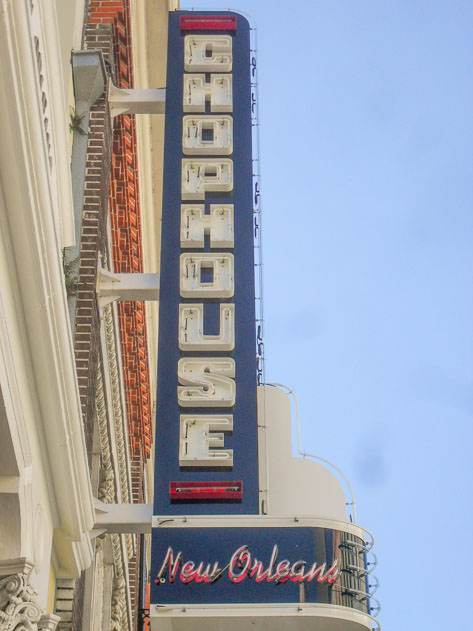
Sail on a steamboat along the Mississippi River
Departing nearby Jackson Square, sailing on the steamboat Natchez is a must when in New Orleans. As an icon of the city, this is a unique experience to discover the vast Mississippi river. Boarding the Natchez makes you feel as if you stepped back to the 19th century. Besides, some cruises include live jazz music on board.

Taste the local specialties
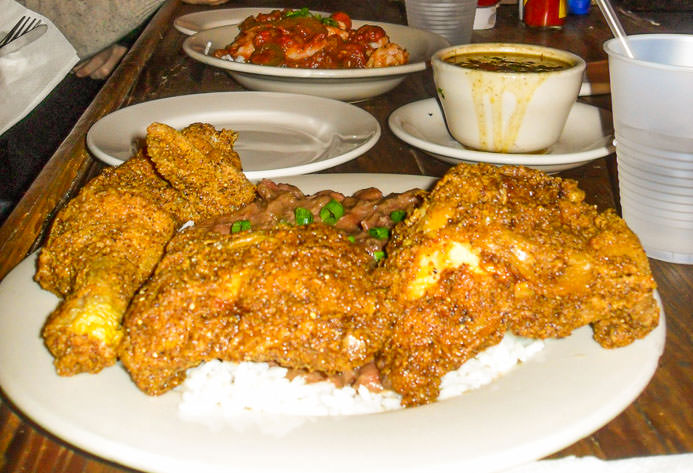
We arrived in New Orleans around lunchtime, so after checking in at the hotel, we set out to try the famous specialties of the city’s cuisine: “Creole” and “Cajun” food. On the one hand, the Cajun cuisine is based on rice, prawns and river fish.
On the other hand, the Louisiana Creole cuisine is a more sophisticated style of cooking which blends West African, French, Spanish, Amerindian, Haitian influences as well as influences from the general cuisine of the Southern United States.
Our first culinary stop was at Coop’s Place, where we tasted the “jambalaya“. This Creole dish made of rice with chicken, sausages and seafood reminded me of the Spanish paella. We also tried the shrimp Creole (shrimp dipped in sauce) and the Cajun fried chicken. A Decatur Street staple since 1983, Coop’s Place is the place to go for a true taste of New Orleans at down home prices.
On our second day, we stopped at Yo Mama’s for lunch. I went for a regular burger with a roasted potato although the house specialty was a burger with peanut butter.
Finally, you can’t leave New Orleans without trying the famous beignets from Café du Monde. Located on Decatur Street in the French Quarter, this iconic open-air coffee shop offers delicious French doughnuts with café au lait. You will probably have to queue for quite some time, but I can assure you these square pieces of dough, fried and covered with powdered sugar are worth the wait!

Gaze at the mansions in the Garden District
If you feel like leaving behind all the bustle from the French Quarter, there’s nothing like taking a streetcar departing from Canal Street. After a short ride, you’ll find yourself in the peaceful Garden District.
This residential neighborhood is renowned for its oak-lined streets, lush gardens and Victorian homes. We walked around the area for a while and we even got inside one of the mansions (only to the garden though). Funnily enough, the lady who approached us wasn’t even the owner but a friend!
While you’re in the Garden District, you can also check out the nearby Lafayette Cemetery.
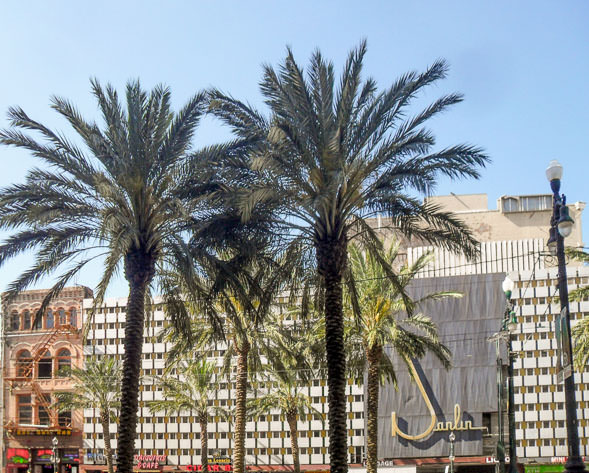
Laura Plantation
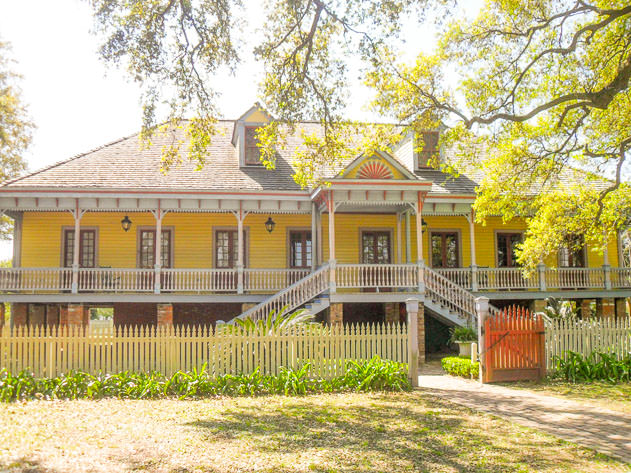
Located one hour away in Vacherie, Laura Plantation is one of the many sugar plantations outside New Orleans. I highly recommend visiting at least one plantation to learn about the Creole traditions and the life of the slaves.
The guided tour to Laura Plantation included many parts of the house built in 1805 and the 200-year-old homestead grounds, including the 1840s slave cabins. The visit is based on landowner Laura Locoul’s “Memories of the Old Plantation Home” and archival documents from the United States and France.
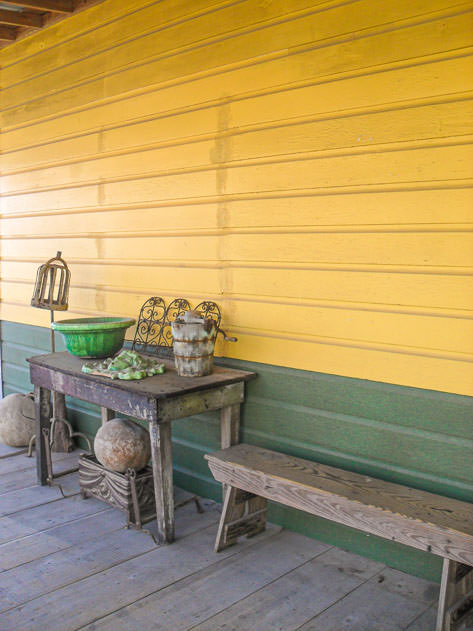
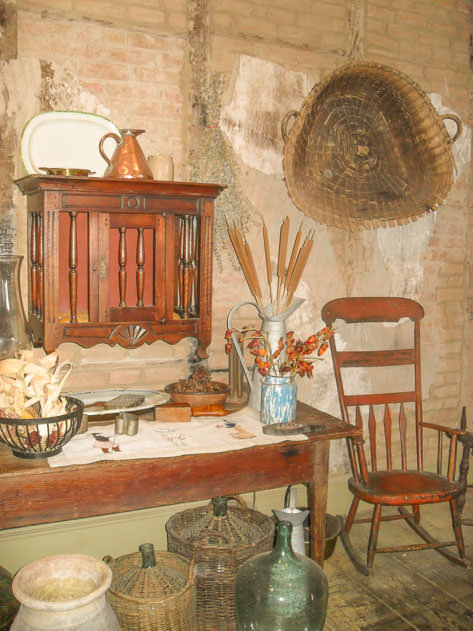
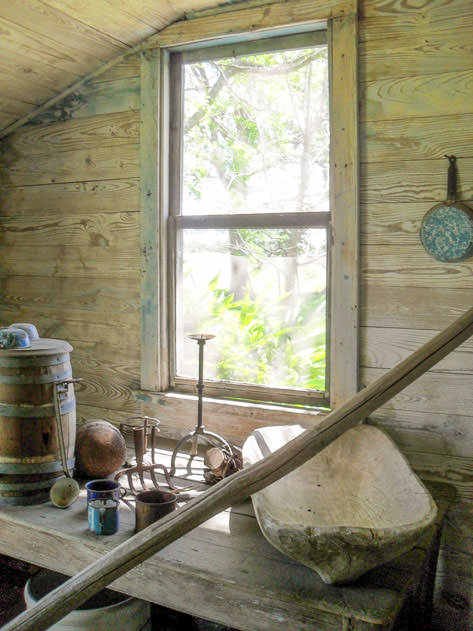
NOLA map and trip details
Here’s a recap of the restaurants and landmarks we visited during our tour to New Orleans and Laura Plantation, followed by a map with all the locations mentioned throughout this post. Feel free to save it for later!
| LANDMARKS | RESTAURANTS |
| The Spotted Cat | Coop’s Place |
| Preservation Hall | Yo Mama’s |
| Steamboat Natchez | Café du Monde |
| Laura Plantation |
After spending two days in New Orleans, it was time to drive to our next destination: Memphis!
Browse the other posts about this road trip adventure!
I hope you enjoyed this post covering what to do in New Orleans. Have you already visited New Orleans and/or any nearby plantation? How did you like it? Feel free to drop me a line in the comments below.
***
✈️ Curious to know where I’ll be traveling next? ✈️
Stay tuned by following me on social media (Facebook, Instagram, X) and subscribe to my newsletter for regular updates!
In the meantime, safe travels around the world!
***
| GET READY FOR YOUR NEXT TRIP! |
|---|
| Browse my travel resources page to plan your upcoming trip. |
| Feeling adventurous? Book any outdoor activities worldwide with Manawa! |
| Get medical or health insurance via SafetyWing for extra peace of mind. |
| Looking for sports equipment? Feel free to browse my Decathlon profile for inspiration. |
| Use the comprehensive and helpful Anaya Touring or Lonely Planet travel guidebooks to plan your trip. |
| Book memorable activities and tours around the world with Get Your Guide. |
| Use your Revolut Card to pay in local currency when you’re traveling abroad! |


